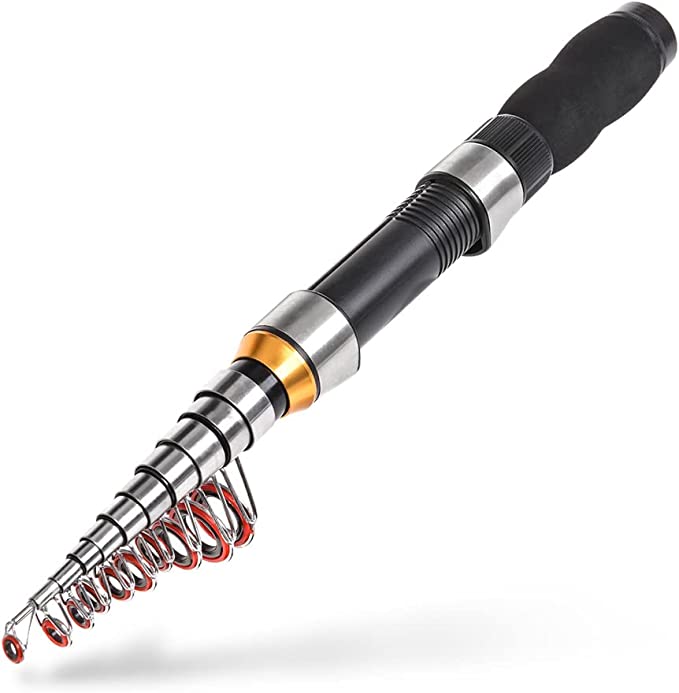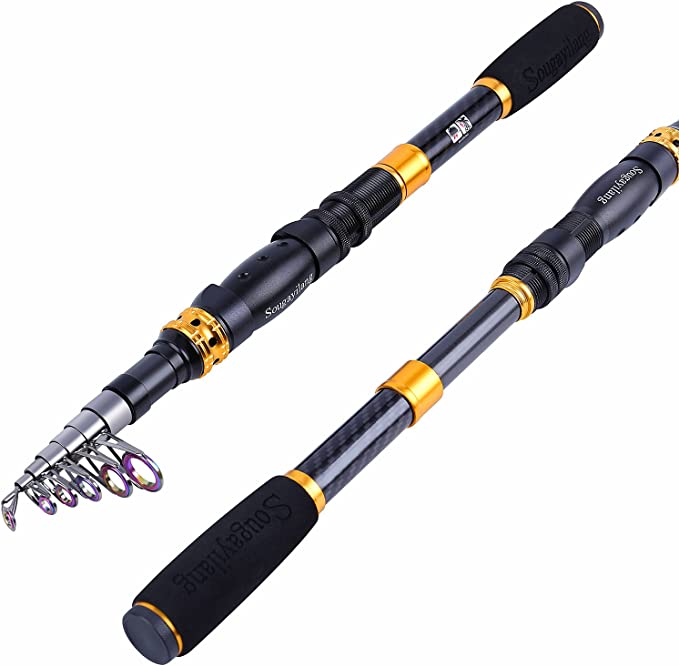Kelty Supernova 20 Degree Down Sleeping Bag: Your Cozy Cocoon Under the Stars
Update on Sept. 15, 2025, 3:26 p.m.
Out there, in the profound silence of a moonless night, you are waging a silent war. Your opponent is not a predator, nor is it the biting wind. Your true adversary is far more fundamental. It is the Second Law of Thermodynamics.
This relentless principle, also known as entropy, dictates that everything in the universe trends toward disorder and equilibrium. Heat, a form of energy and order, naturally flows from hot to cold, from a state of concentration to one of dispersion. Your body, a remarkable furnace burning at a steady 98.6°F (37°C), is a beacon of warmth and order in a world that is constantly trying to cool it down. Every second you spend in the wilderness is a microscopic battle against this cosmic march toward a final, universal cold.
Your most sophisticated weapon in this fight is not a fire or a heated shelter. It’s the fluffy, unassuming bag you zip yourself into. A modern sleeping bag is far more than a blanket; it is a marvel of applied physics, a personal anti-entropy device engineered to help you win the nightly war for warmth. To truly appreciate it, we must first understand the three primary ways the universe tries to steal your heat.

The Three Thieves of Warmth
Imagine you’ve just settled down for the night. The moment you lie still, three invisible thieves begin their work.
First is conduction. The ground you lie on, even through a tent floor, is a massive heat sink. By direct contact, it relentlessly pulls warmth from your body, molecule by molecule. It’s the reason you feel a deep, seeping cold when sitting on a cool rock, even on a sunny day.
Second is convection. The air immediately surrounding your body is warmed by your skin. But this cozy layer is fragile. The slightest breeze, or even the natural movement of air as it warms, rises, and is replaced by cooler, denser air, will carry that precious warmth away. This is convection, and it is a tireless shuttle service for your body heat, delivering it to the vast, cold atmosphere.
Third is radiation. Like a tiny star, your body constantly emits thermal energy in the form of infrared waves. On a clear night, you are radiating your warmth directly into the near-absolute zero of deep space. You can’t see it, but you are literally beaming your life force into the void.
A sleeping bag is an engineered system designed to systematically thwart all three of these thieves. And its primary strategy is surprisingly simple: it weaponizes nothing.

The Architecture of Emptiness
The secret to almost all insulation, from the fiberglass in your attic to the blubber on a whale, is not the material itself, but the air it traps. Air is a poor conductor of heat, but only when it’s held still. The genius of a sleeping bag lies in its ability to create millions of tiny, isolated pockets of air, preventing convective loops from forming and stealing your warmth.
This is where down enters the story. A single down cluster, or plumule, is a masterpiece of natural engineering. It is not a feather. It is a three-dimensional, fractal-like structure of incredibly fine keratin fibers branching out from a central point. This chaotic, microscopic architecture is hyper-efficient at tangling with its neighbors to trap vast quantities of air in relation to its minuscule weight. It creates what is essentially a wearable cloud of static air.
The effectiveness of this “fluff” is quantified by a metric called fill power (FP). When a product, such as the Kelty Supernova, advertises its 550 fill power down, it’s referring to a standardized laboratory test. In essence, one ounce of the down is compressed and then allowed to expand in a cylinder; its final volume in cubic inches is its fill power. A higher number means the down has more loft and can trap more air for its weight. So, 550 FP down creates a less dense, yet highly effective, barrier of “nothingness” that dramatically slows down heat transfer. This is the bag’s engine, tirelessly fighting convection from within.

The Engineered Skin
But this cloud of trapped air is useless without a container. This is the role of the shell and liner fabrics, typically made from a material that was a 20th-century miracle: nylon. The fabrics in our example bag are a 20D nylon. The “D” stands for denier, a measure of a fiber’s thickness; a lower number like 20 indicates a very fine, lightweight, and soft thread, which allows the down inside to loft to its full potential.
Nylon, a type of polymer known as a polyamide, is chosen for its exceptional strength-to-weight ratio. It can be woven into a fabric that is light enough to be barely noticeable, yet durable enough to withstand being stuffed, scraped, and lived in.
Furthermore, in a nod to the growing awareness of our planetary footprint, many modern bags utilize recycled nylon. This is not simply melting down old plastics. It’s a sophisticated chemical process where waste materials, like discarded fishing nets and industrial carpets, are broken down to their molecular building blocks (a process called depolymerization) and then re-formed into new nylon fibers, virtually identical in quality to virgin material. It’s a beautiful example of a circular economy, turning waste into high-performance gear.
The shape of this engineered skin is just as critical. A traditional mummy bag is narrow, minimizing the amount of interior air your body has to heat, thus maximizing thermal efficiency. However, this can feel restrictive. Humans naturally move during sleep, transitioning through different cycles. A bag that’s too tight can disrupt this, impacting the quality of rest. This has led to ergonomic designs like the “Roomy Mummy,” which provides more space in the shoulders and hips. It’s a deliberate engineering trade-off: sacrificing a tiny amount of theoretical thermal efficiency for a significant gain in real-world comfort and sleep quality.
The Devil in the Details
Finally, the system is secured by addressing its weakest points. A zipper is a necessary evil—a thermal bridge and a potential highway for drafts. To combat this, a well-designed bag includes an insulated draft tube that runs alongside the zipper, acting as a gasket to seal out convective heat loss.
The hood is equally crucial. You can lose a significant amount of heat through your head. A well-designed, cinchable hood acts like a chimney cap, sealing in the rising warm air and completing the envelope of warmth around your body. Even the ability for two bags to zip together is a lesson in thermodynamics; by sharing a space, two people reduce their combined exposed surface area, increasing their collective thermal efficiency.

A Warm Rebellion
So when you zip yourself into your sleeping bag, you are doing more than just getting comfortable. You are pulling on a piece of sophisticated technology. You are wrapping yourself in a fortress of trapped air, shielded by a skin of advanced polymers. You are leveraging a design that understands not just physics, but human biology.
This object is a quiet rebellion. It’s a statement that even in the face of the universe’s immense, impersonal laws, a little bit of human ingenuity can carve out a small, warm, and ordered space for us to rest.
And perhaps the most modern feature of this technology isn’t its material or shape, but its conscience. The use of RDS (Responsible Down Standard) Certified down ensures that the incredible natural material at the heart of the bag was sourced without causing unnecessary harm to the animals. It’s a recognition that our comfort should not come at an unethical cost. It’s the final, crucial piece of the puzzle: a warm rebellion fought not just with intelligence, but with responsibility.







































